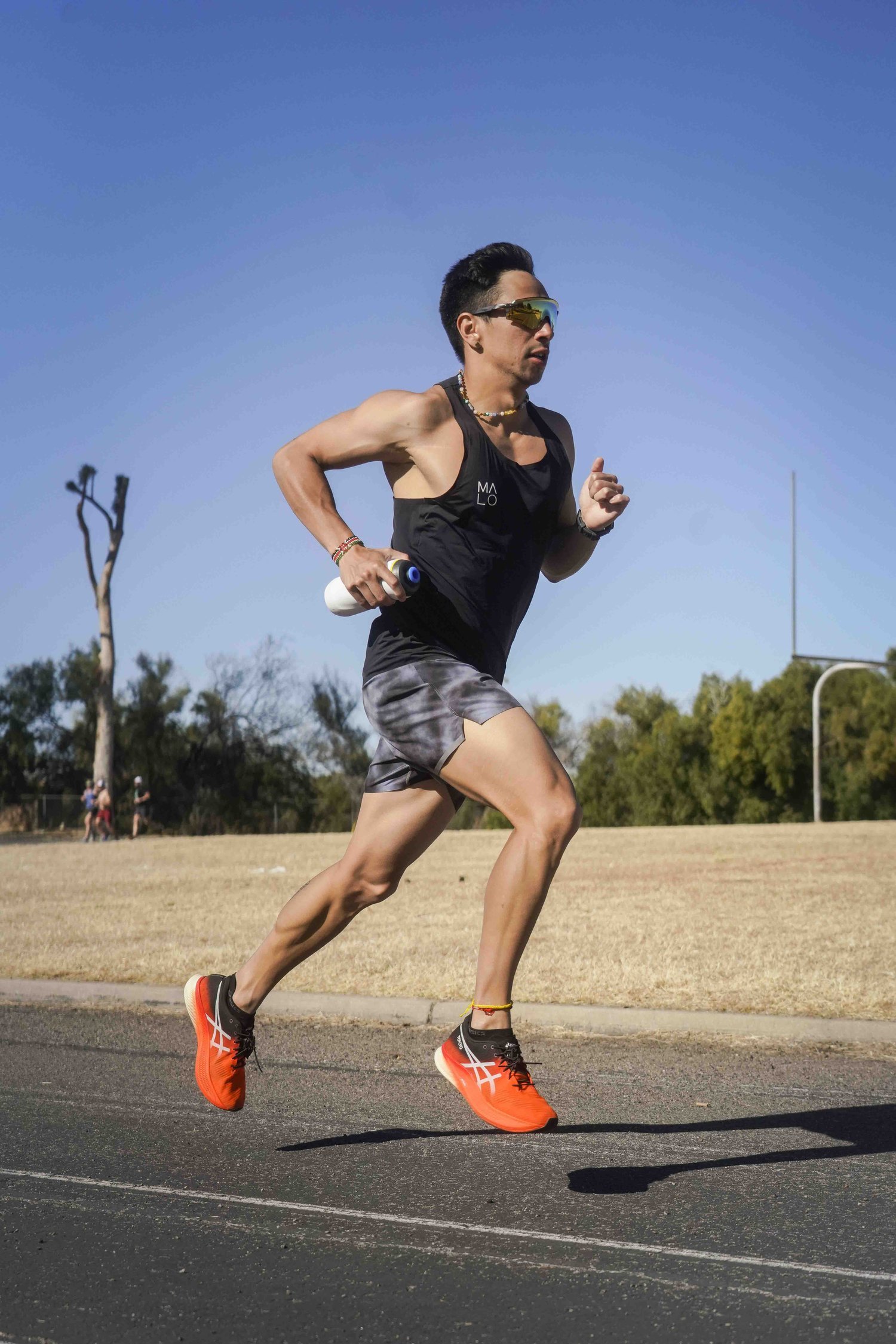Using Lactate to Train Smarter
When it comes to triathlon training, we often hear terms such as Heart Rate, Power, RPE, HRV, VO2 consumption, and many others. Today I’m focusing on one of those frequently used terms, Lactate.
Let’s begin with the basics, what is lactate? To put it simply, lactate is the result of glucose utilization by muscle cells under aerobic conditions. Because we always produce lactate while exercising, it is known that the greater the training intensity the more lactate we produce. Blood lactate accumulation happens when pyruvate is reduced to lactate when the mitochondria in our cells can no longer utilize it.
We can use lactate to understand our body’s response to certain training stimuli and therefore understand if we are moving in the right direction with our training.
Mauna Coaches use lactate to understand training adaptations. Because lactate is a direct measurement of the body's response to energy, it is way more precise than Heart Rate or Power. It tells us how hard our body is working from the inside, and if we know how to include it to our training it means faster and better adaptations.
When it is applied to long-distance triathlon training, we want to keep our lactate production even and low in order to perform our best. Keep in mind that a well-trained athlete will have lower blood lactate compared to someone who just began training at the same intensity. This is a result of the body being more efficient at that specific workload.
One of the amazing things about lactate is that it can be used as fuel as well! This is due to it being a high-energy molecule. In order to do so, it is very important to measure it, so our bodies can properly adapt to it and use it as energy.
Look at the chart
You will notice I’ve highlighted the differences in blood lactate concentration for athletes ranging from junior levels all the way to world-class at 3.5w/kg and 5/kg. We can see a normal increase in blood lactate levels as intensity rises. The most interesting part of this chart is that the 5w/kg world-class cyclists are producing less than 4 mmol/L, which is considered to be right around the threshold.
Being lactate such an insightful tool, I wanted to introduce it to our Mauna Athletes, and explain how and why it can improve their training. At the Mauna Training Camp in Tucson AZ, I had the chance to take lactate samples from our athletes, so they could see for themselves how lactate changes with intensity variations. By seeing the results firsthand, they were able to appreciate why it is a variable we encourage our athletes to use, and why it allows us as coaches to be more specific in their training as the racing season approaches.






